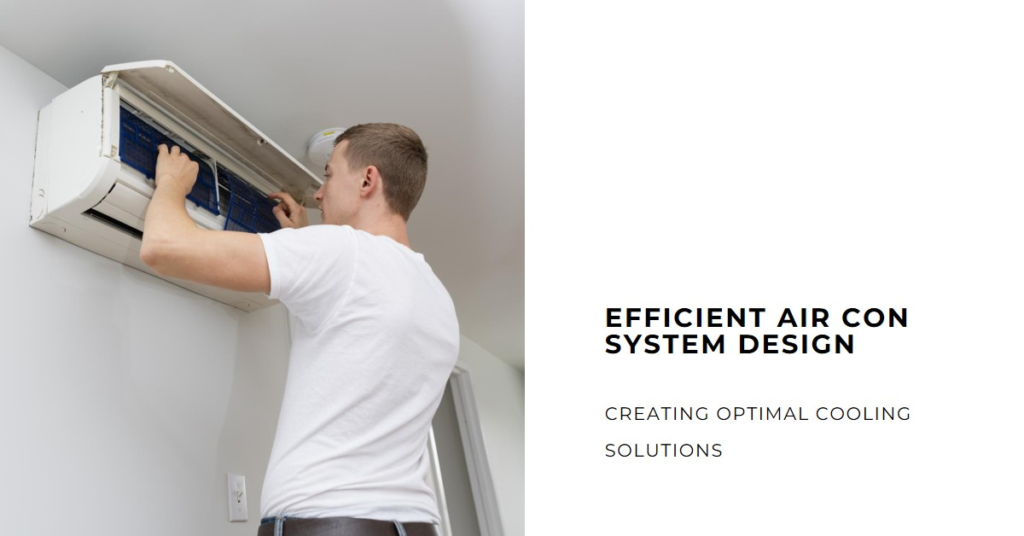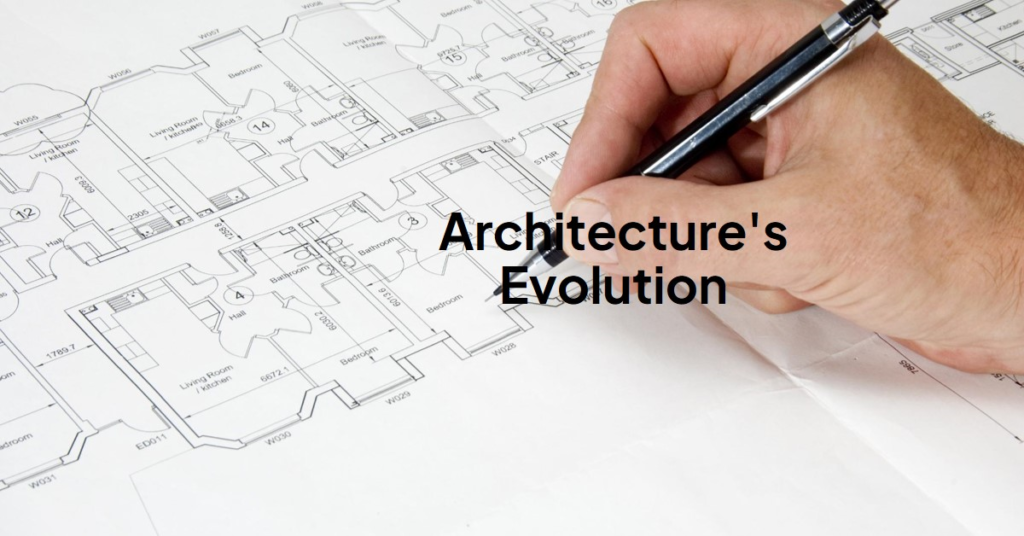
Table of Contents
1. Introduction: The Engineering Marvel Behind Air Conditioning
Air conditioning systems have become indispensable in our modern lives, providing respite from extreme temperatures and ensuring comfort in both residential and commercial spaces. However, the journey from concept to creation of these systems involves a complex process of design and engineering. In this blog post, we will explore how air conditioning systems are meticulously designed and crafted to operate efficiently, providing optimal cooling or heating while minimizing energy consumption.
2. Understanding the Fundamentals of Air Conditioning Design
At the heart of every air conditioning system lies the intricate interplay of thermodynamics and fluid dynamics. Design engineers meticulously analyze factors such as building size, insulation, occupancy, and climate to determine the cooling or heating load requirements. This analysis forms the basis for selecting the appropriate system type, capacity, and components to achieve the desired level of comfort and efficiency.
3. Conceptualization and Planning: The Role of Design Engineers
Design engineers play a critical role in translating conceptual ideas into functional air conditioning systems. They employ advanced modeling techniques and simulation software to conceptualize the layout, sizing, and configuration of the system. By integrating cutting-edge technologies and industry best practices, design engineers ensure that the final design meets performance objectives while adhering to budgetary and regulatory constraints.
4. Component Selection and Integration: The Key to Efficiency
The efficiency of an air conditioning system is heavily influenced by the selection and integration of its components. From compressors and condensers to evaporators and fans, each component must be carefully chosen to optimize performance and energy efficiency. Design engineers evaluate factors such as reliability, durability, and energy consumption to select components that align with the system’s requirements and operational parameters.
5. Incorporating Advanced Technologies: The Evolution of Air Conditioning
Advancements in technology have revolutionized the air conditioning industry, paving the way for more efficient and sustainable solutions. From variable-speed compressors and heat recovery systems to smart thermostats and IoT-enabled controls, these technologies enhance system performance, improve comfort, and reduce energy consumption. By staying abreast of technological innovations, design engineers can leverage these advancements to create cutting-edge air conditioning systems that set new standards for efficiency and reliability.
6. Environmental Considerations: The Shift Towards Sustainability
In recent years, there has been a growing emphasis on environmental sustainability in air conditioning design and manufacturing. Design engineers prioritize the use of eco-friendly refrigerants with low global warming potential (GWP) and design systems that minimize carbon emissions and energy consumption. By embracing sustainable practices and incorporating renewable energy sources such as solar power, air conditioning systems can play a crucial role in reducing the carbon footprint of buildings and mitigating climate change.
7. Testing and Validation: Ensuring Performance and Reliability
Before air conditioning systems are deployed in real-world applications, they undergo rigorous testing and validation to ensure performance, reliability, and safety. Design engineers conduct comprehensive tests under various operating conditions and environmental scenarios to identify potential issues and optimize system performance. Through meticulous testing and validation, design engineers can instill confidence in the efficiency and reliability of the air conditioning system.
8. Continuous Improvement: Driving Innovation in Air Conditioning
The field of air conditioning is characterized by continuous innovation and improvement, driven by evolving technologies and market demands. Design engineers are constantly exploring new avenues for enhancing efficiency, improving comfort, and reducing environmental impact. By embracing a culture of innovation and collaboration, design engineers can stay at the forefront of industry trends and deliver cutting-edge air conditioning solutions that exceed customer expectations.
9. Industry Standards and Regulations: Ensuring Compliance and Quality
In addition to technological advancements, air conditioning design and manufacturing are governed by industry standards and regulations aimed at ensuring safety, performance, and environmental compliance. Design engineers must stay abreast of these standards and regulations to ensure that their designs meet or exceed the required criteria. By adhering to industry best practices and regulatory requirements, design engineers can deliver air conditioning systems that are safe, reliable, and environmentally responsible.
10. Conclusion: Engineering Efficiency for a Comfortable Future


In conclusion, the design and creation of air conditioning systems involve a multifaceted process that combines engineering expertise, technological innovation, and environmental stewardship. From conceptualization and planning to component selection, testing, and continuous improvement, design engineers play a pivotal role in shaping the efficiency and sustainability of air conditioning systems. By embracing advanced technologies, sustainable practices, and industry standards, design engineers can create air conditioning systems that not only provide optimal comfort but also contribute to a more sustainable and energy-efficient future.


